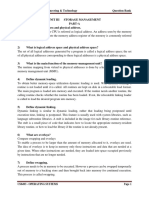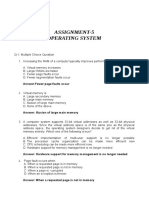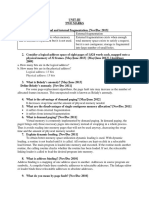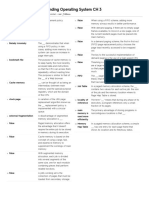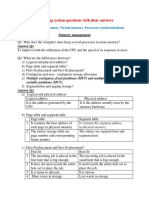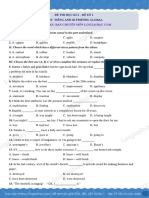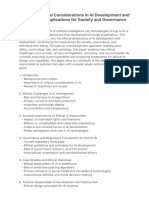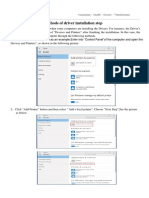0% found this document useful (0 votes)
47 views3 pagesUnit 1 Assignement
BCA Sem 3 fos assigenment question
Uploaded by
useracc85943515Copyright
© © All Rights Reserved
We take content rights seriously. If you suspect this is your content, claim it here.
Available Formats
Download as PDF, TXT or read online on Scribd
0% found this document useful (0 votes)
47 views3 pagesUnit 1 Assignement
BCA Sem 3 fos assigenment question
Uploaded by
useracc85943515Copyright
© © All Rights Reserved
We take content rights seriously. If you suspect this is your content, claim it here.
Available Formats
Download as PDF, TXT or read online on Scribd
/ 3








